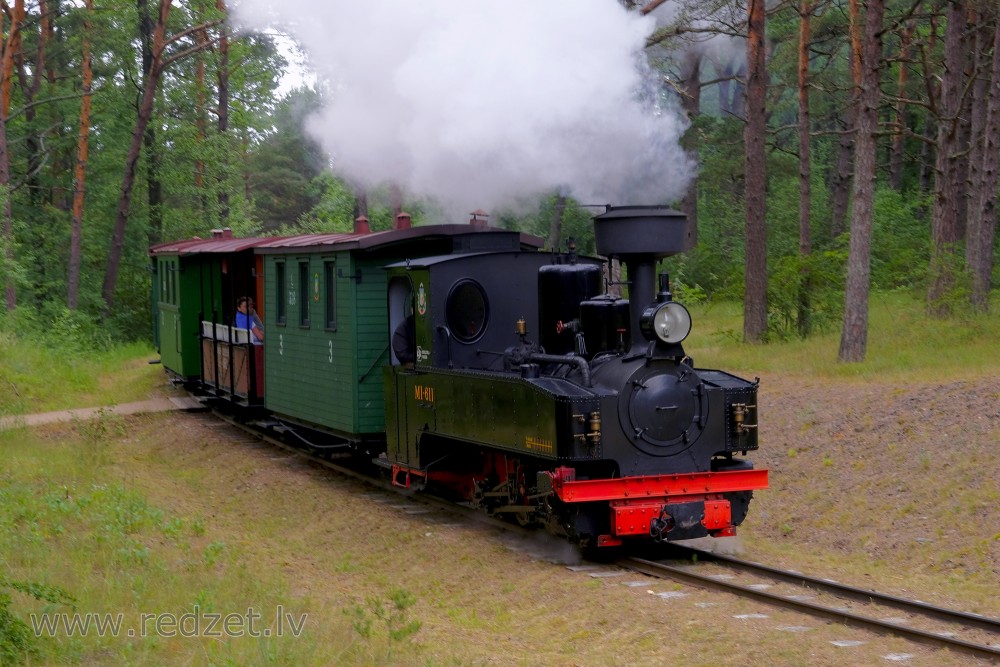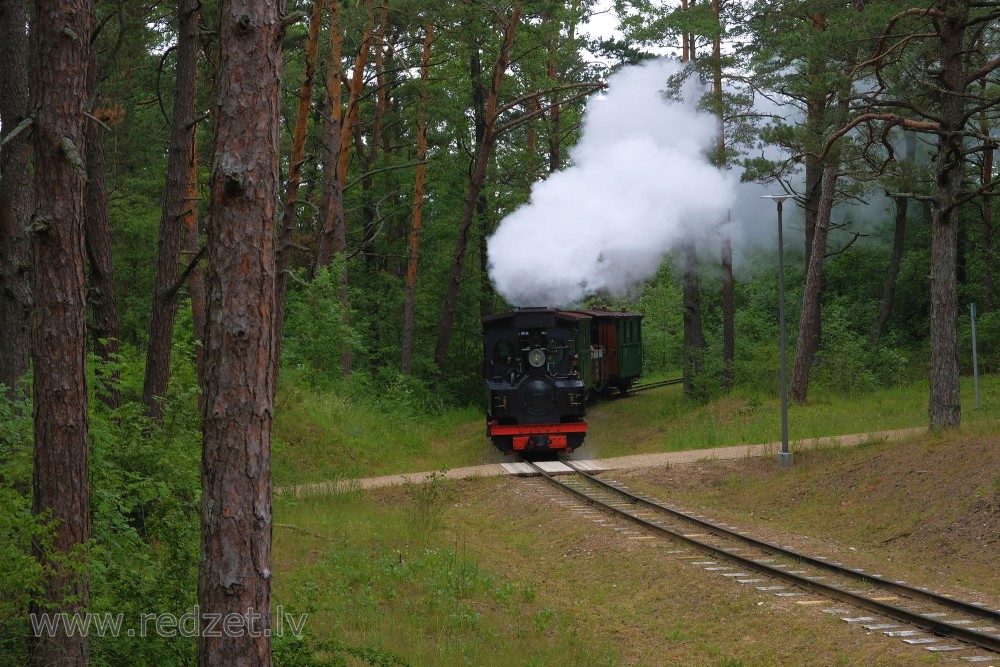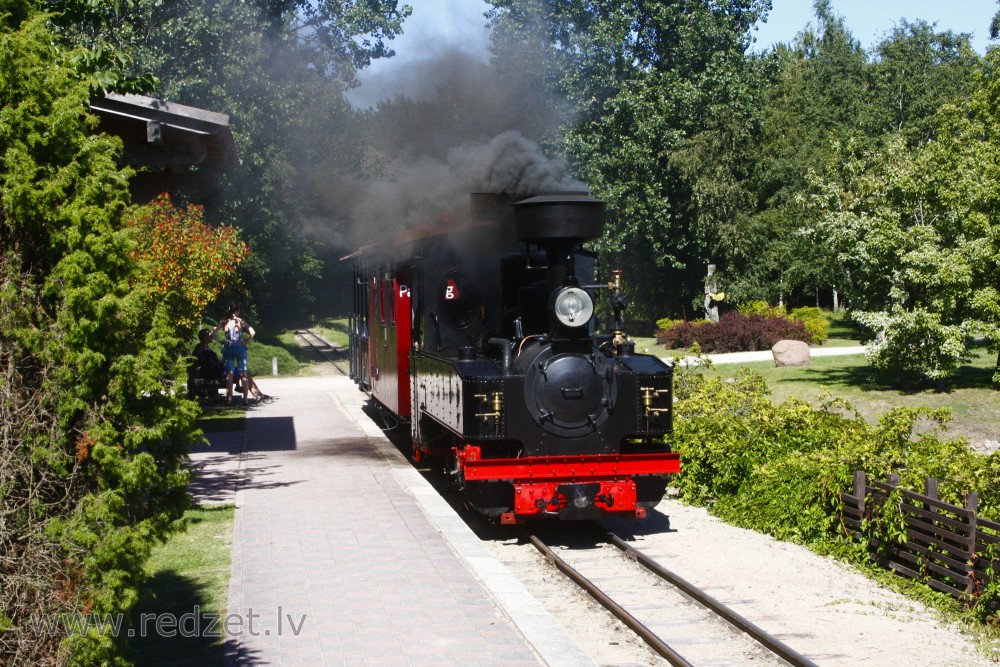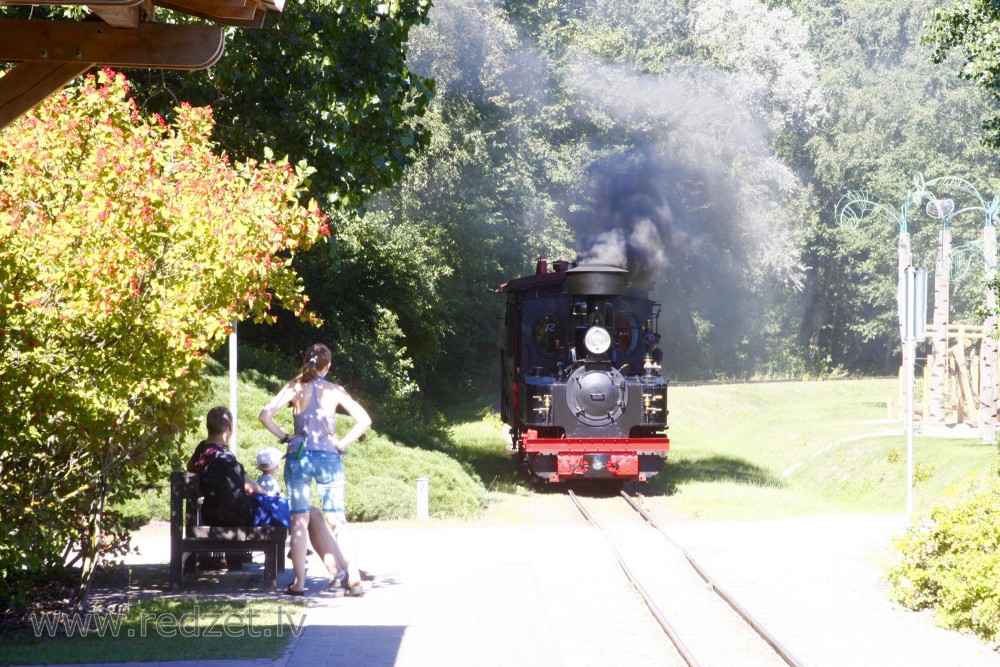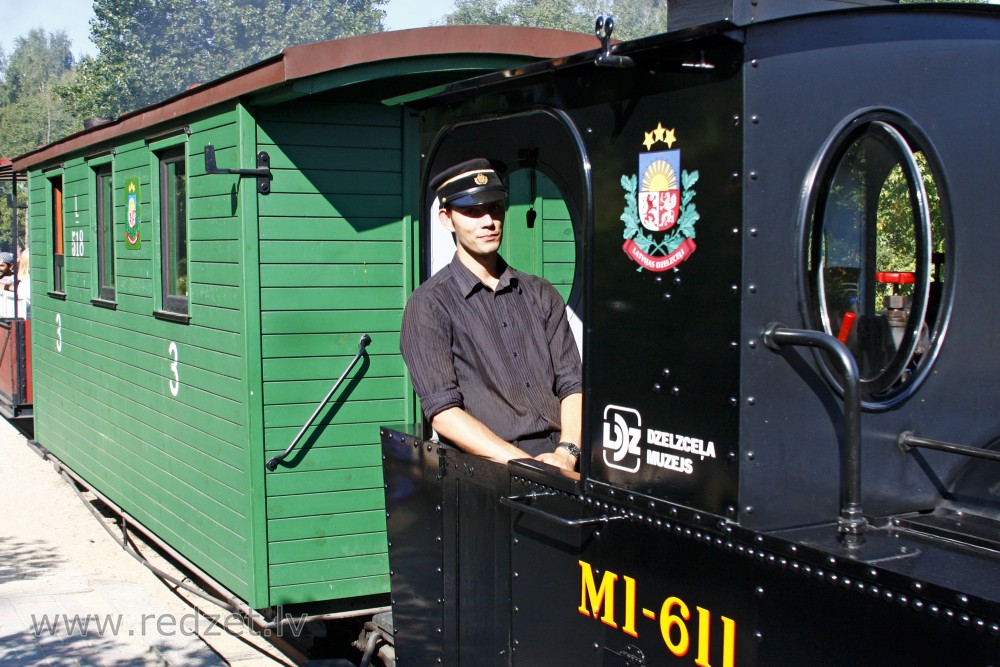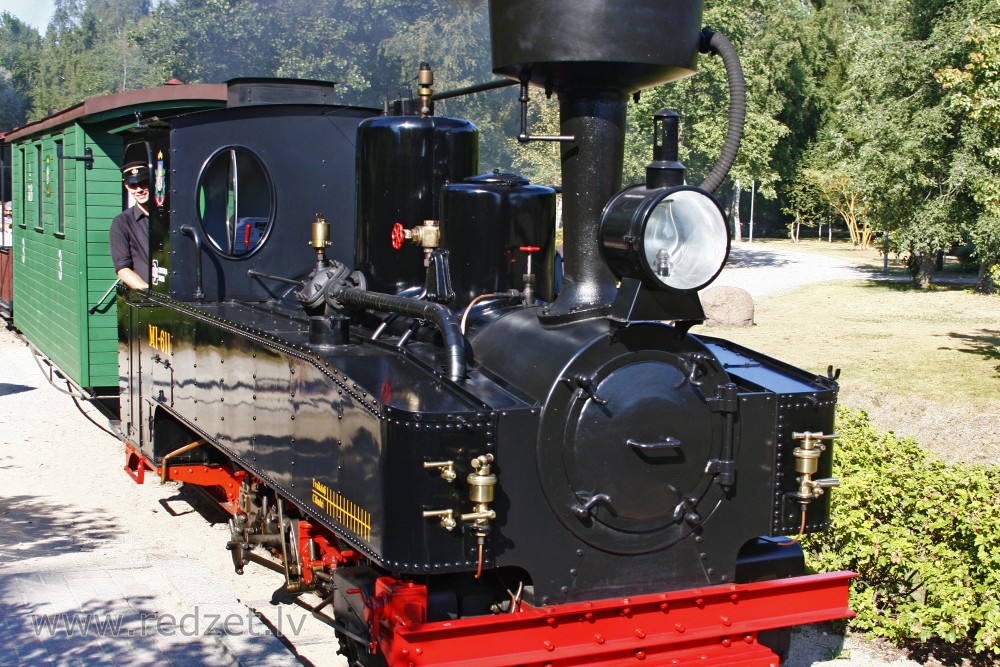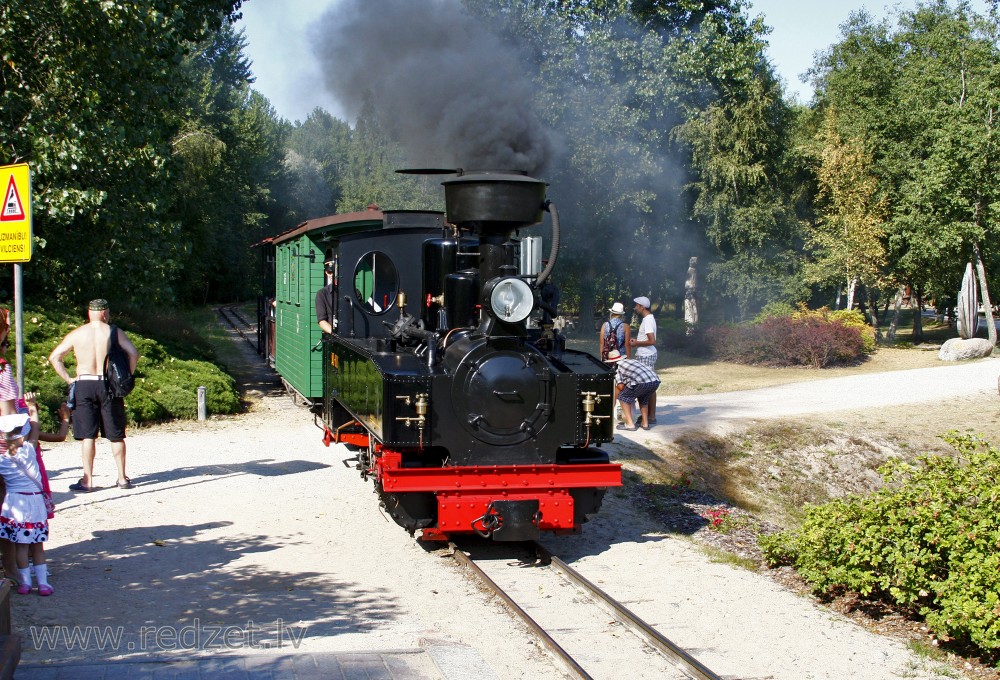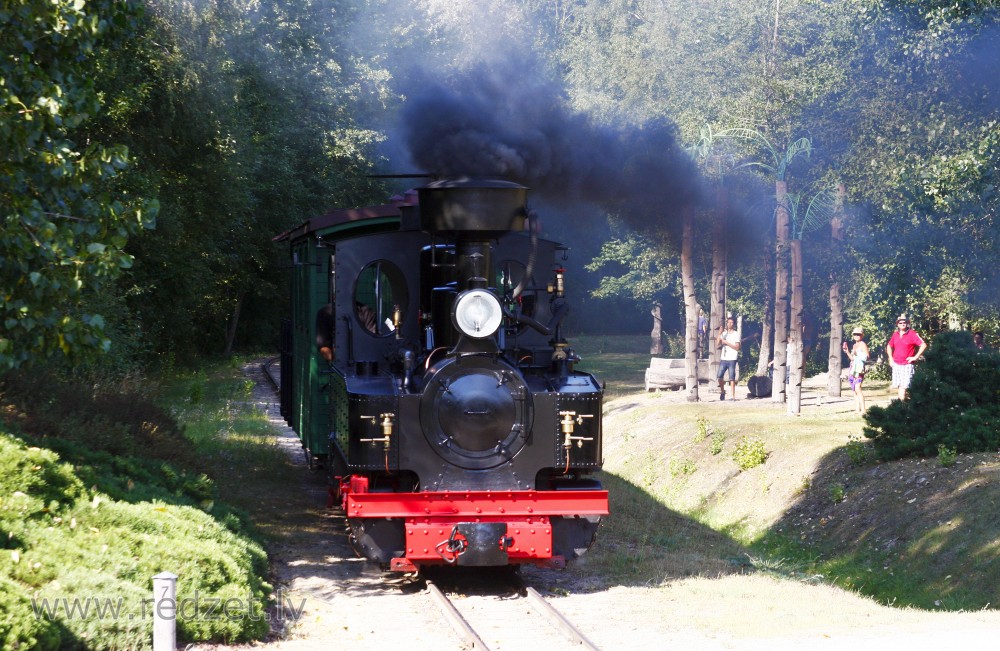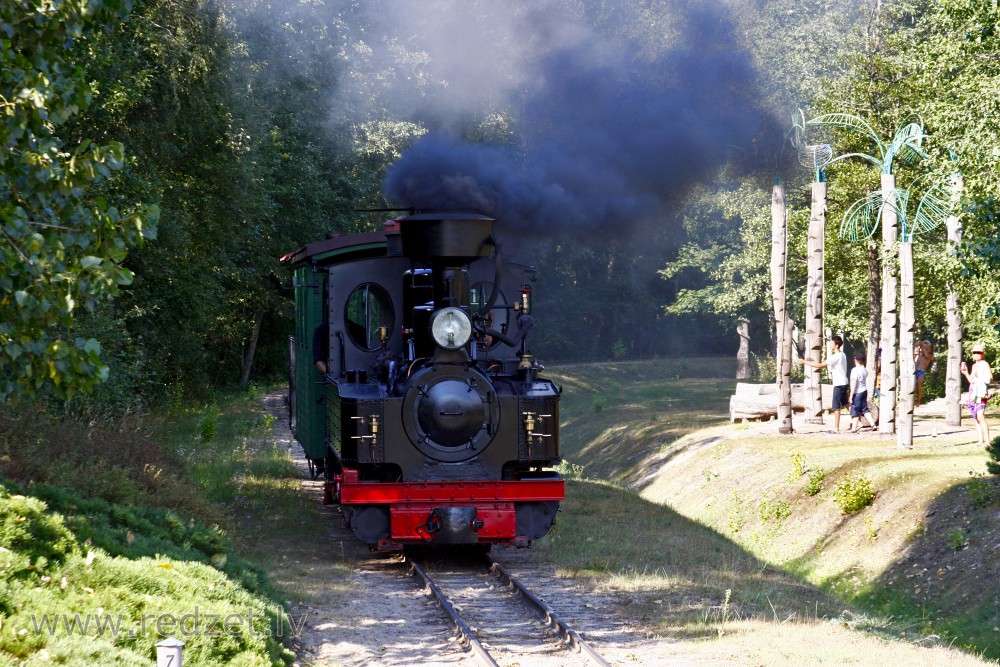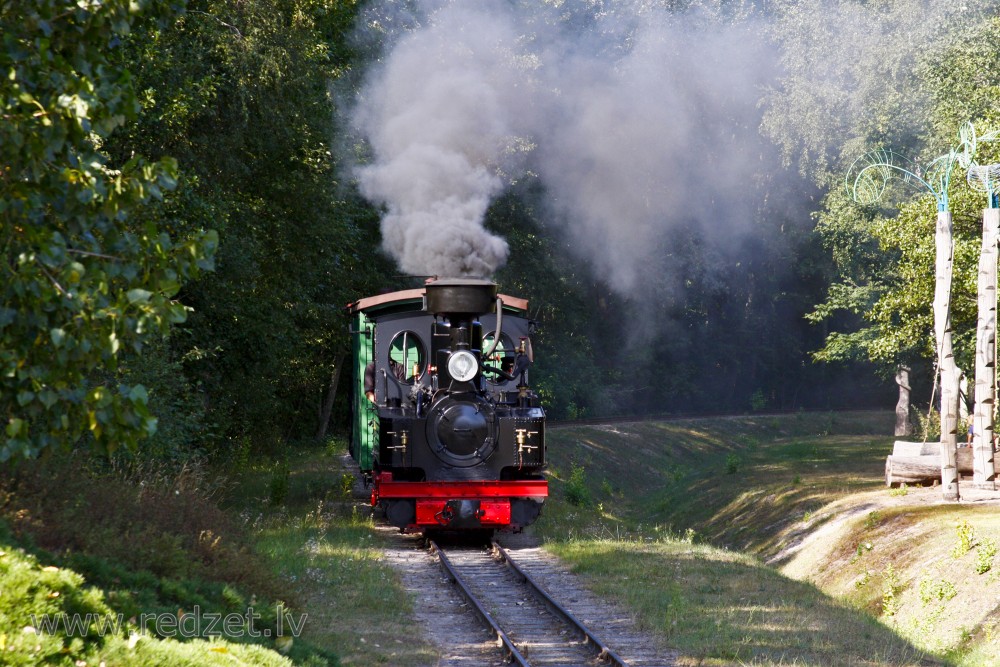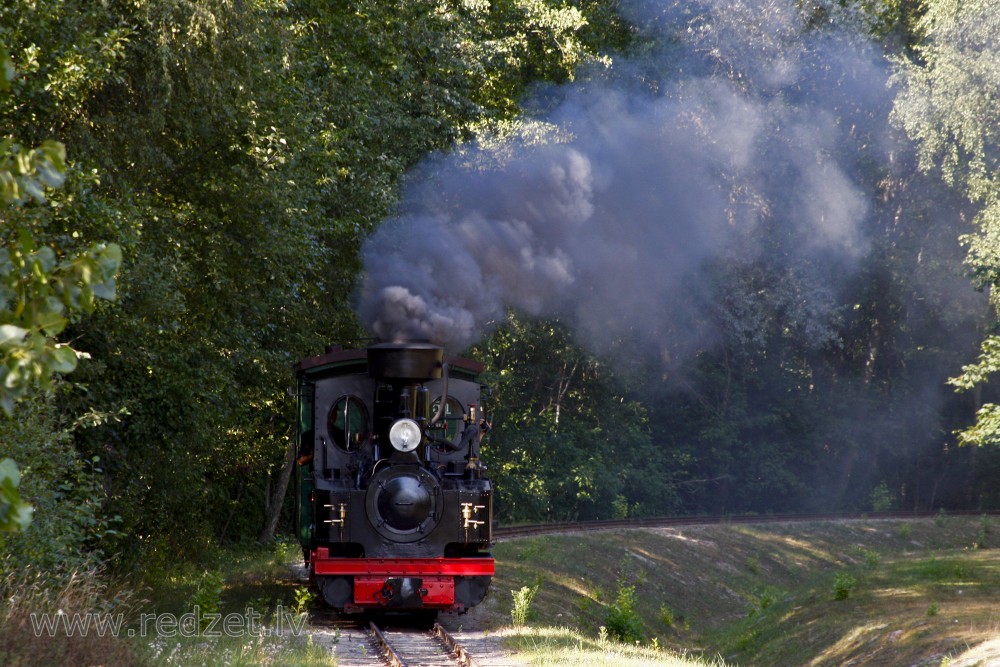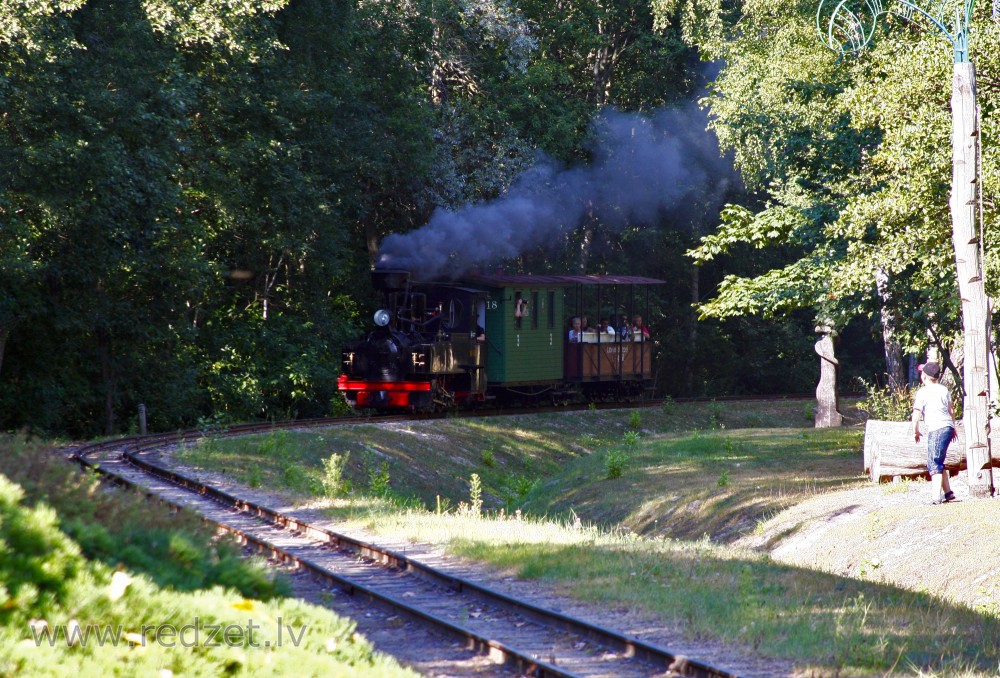Ventspils Seaside Open Air Museum
The Seaside Open Air Museum was founded in 1954 to preserve the heritage of the seaside fishing village. Today it is the only open air museum dedicated to fishing in Latvia. It features fishermen’s homesteads, barns, wind mills (from the Užava parish), smokehouses, curing cabins, net sheds and other samples of native building and household artefacts.
In an area of 4 ha, you will find an extensive sea boat collection and the largest anchor collection in the Baltics with more than one hundred exhibits dating from the 17th century to present day. At the Seaside Park you can enjoy the Enkuru taka (Anchor trail) which is formed of the biggest anchors.
One of the most attractive features of the Museum is a 600 mm narrow gauge train called Mazbānītis. Coupled with carriages, this steam engine until recently - back in the 1960’s - provided regular services to the seaside fishing villages. The steam engine was built in Germany in 1916; it weighs 9 tons and can reach a speed of 20 km per hour. From 1st May to 31st October, Wednesday to Sunday, the narrow gauge train Mazbānītis takes tourists not only around the 1.3km long route in the Seaside Park (Riņķa līnija), but also travels on the new Mountain Line (Kalna līnija).
The Museum also offers rides on a peculiar hybrid of a tractor and a locomotive – LocoTractor.
During the tourism season blacksmith, weaver and other craftsmen demonstrate their skills in the museum on weekends. If booked in advance one can learn how to dip candles, to iron clothes with ancient flatiron, to make butter and to get acquinted with ancient measuring instruments. There is a nice playground for children in the museum. There regularly take place large and atractive events, such as international Museum Day, Day of Crafts on Ventspils city festival, Parishe’s Festivities, as well as Latvian traditional holidays and the Slavic Shrovetide day “Masļeņica”.
A new acquisition of the Seaside Open-Air Museum is the Smiltnieku House. This typical late 19th century suburban dwelling, because of its level of preservation, is a unique example in Ventspils, as well as in all of Latvia, of urban construction. The Smiltnieku House was built in Parventa in 1874, on land awarded for participating in the Russo- Turkish War, by the grandfather of the house's owner, Valentina Žūka.
visitventspils.com
The Seaside Open-air Museum in Ventspils offers information about development of the fishing industry and a vast exhibition of different boats and anchors.
The museum’s stock comprises over 24,000 exhibits displayed indoors and outdoors.
Indoor exhibits
The indoor exhibits of the museum inform about the main stages in development of the fishing industry, showing its progress through implements for catching all kinds of fish and various boat-making methods.
The four-hectare-wide outdoor area is dedicated to the fishing traditions of the Kurzeme region, tracing the evolution of a fishing boat since the 18th century and featuring the fishermen’s houses typical of the local peoples, the Smiltnieki residential house of a Latvian farmer in the last quarter of the 19th century, a windmill, a threshing barn, a barn, a kitchen house, a forge, a smokehouse, a net shed and other ethnographic structures.
Most recently on display at the Seaside Open-air Museum is the Lielirbe Baptist Prayer House (1913).
On weekends, you can watch a blacksmith and a weaver practicing their crafts.
The narrow-gauge (600 mm) railway, affectionately called Mazbanitis (the Little Train), is one of the main attractions of the Seaside Open-air Museum, serving both to entertain and educate visitors. The German army built it here during World War I for communication between Ventspils and the fishing villages on the seacoast. Now two locomotives pull several second- and third-class cars as well as open-sided cars which are particularly popular with visitors along the Rinka (Circular) Line (1.4 km) and the Kalna (Hillside) Line (3 km) which will runs to the Ventspils Adventure Park.
latvia.travel
